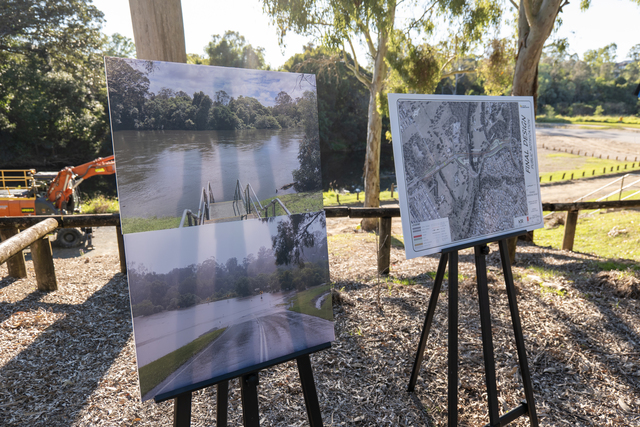The Good Oil by Rod Brown*
The Commonwealth Budget handed down in May was a mixed bag – it showed signs of coming to grips with some regional service delivery problems, but failed to deal with the big national development issues.
The Coalition is expected to make some further announcements regarding infrastructure expenditure later this year, or in the May 2001 Budget.
Apart from being perceived as poll driven, it will be a top down approach &endash; and not integrated with the other two levels of government and the private sector.
Moreover, while the new health infrastructure funding is a positive step, it is perpetuating the ‘stove-pipe effect’.
What is the stove-pipe effect?
The delivery of its programs across Australia is an achilles heal for a Commonwealth Government.
Part of the problem arises when new programs, usually with forgettable names, are developed by an enterprising bureaucrat or Ministerial staffer and then sold to the Minister as the silver bullet.
The Minister then wins Cabinet approval and funds become available.
Due to all the accountability requirements, tight criteria are built into the program &endash; no big whiteboards anymore.
This means that funds flowing down these stove-pipes cannot be redirected or modified to meet specific requirements.
We have had big stove-pipes in respect of environmental and telecommunications expenditure, courtesy of the first stage Telstra sell off, and now we have another in regional health.
The associated problem is that government expenditure channelled through stove-pipes rarely fits the dynamics of an economy built around private sector investment as the driver.
A National Infrastructure Framework
The solution must start with a better understanding of what are a region’s real infrastructure requirements.
How many times do you hear a politician calling for more road funding, without much consideration of the merits of other infrastructure?
I suspect it is because roads are in electors’ faces, and there is usually no doubt that governments have to fund them.
But what about other types of economic infrastructure &endash; major airports, local airports, energy generation facilities, transmission facilities, sea ports, telecommunications, railways, gas and water pipelines, transport terminals and hubs, cold stores and bulk storage facilities, water treatment plants, sewerage systems and so forth.
What is needed is an improved planning, that is coordination, mechanism to make them interconnect, attract investor interest and drive our economy.
A National Infrastructure Framework would develop smarter models to prioritise and coordinate the resources for different types of infrastructure according to the specific needs of a region, town or locality.
To enable this to happen requires our political leaders, at all levels of government, to appreciate that the strongest economic outcomes result from the synergistic effect of different types of infrastructure investments, and that governments cannot always handball responsibility to the private sector.
A National Infrastructure Framework could address the City/Bush divide, and also coordinate economic and social infrastructure.
As McKinsey & Co. concluded in their ‘Lead Local &endash; Compete Global’ report in 1994, the location, and quality of social infrastructure can be a critical determinant of investment.
A checklist &endash; schools, universities, hospitals, day care centres, health centres, Centrelink offices, research and development centres, business incubators, tourism facilities, museums, libraries, sports facilities and even prisons. Social infrastructure cannot be considered in isolation from economic infrastructure.
Defence facilities, which have economic/social aspects, are also part of the national development equation.
Where to now?
A very significant report, ‘Time Running Out: Shaping Regional Australia’s Future’, was released on 24 February.
It was authored by the House of Representatives Standing Committee on Primary Industries and Regional Services, chaired by Fran Bailey, Liberal, McEwan, Victoria.
Its main conclusion was, ‘Australia needs to identify infrastructure needs on a national basis and there should be a means where the needs and proposals of a region could be connected to opportunities of both public and private investment, and provided with information from all three levels of government’.
This is Canberra speak for a National Infrastructure Framework &endash; Fran Bailey and her fellow backbenchers would be now waiting for the Prime Minister’s advisers to put two and two together.
If the answer is not four, the Commonwealth Government will announce millions of dollars worth of extra spending within more stove-pipes &endash; roads, education and telecoms and so forth &endash; and fail to fix the underlying problem.
No Federal Government has had the courage to even consider a national infrastructure planning framework in the last 25 years.
However, the planets may be coming into alignment.
*Rod Brown’s Canberra based consultancy group, Australian Project Developments Pty Ltd, specialises in industry/regional development and government liaison.







